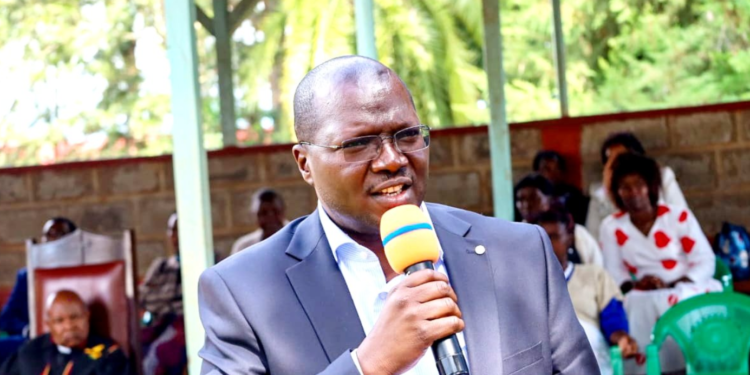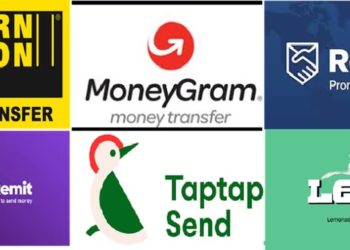The Hustler Fund has achieved a repayment rate of approximately 78%, according to Cabinet Secretary Simon Chelugui, who defended the fund’s management practices in a recent interview. The government-backed micro-lending scheme, launched 18 months ago, has disbursed KES 54.5 billion to date, with KES 42.5 billion repaid.
Despite the seemingly positive repayment figures, the fund faces scrutiny over its management and impact. Chelugui addressed concerns raised by Kenya’s Auditor General, particularly regarding potential double borrowing through different mobile networks, claiming these issues have been resolved.
“We have since then corrected and responded. The report that we are dealing with now has all been addressed,” Chelugui stated, explaining that the introduction of national ID numbers as a common identifier has eliminated the possibility of multiple borrowings across different mobile networks.
The Hustler Fund, a flagship initiative of President William Ruto’s administration, aims to provide affordable credit to small-scale entrepreneurs and informal sector workers, colloquially known as “hustlers” in Kenya. With an interest rate of 8% per annum, significantly lower than market rates, the fund has attracted 23 million registered users, of whom 18 million have borrowed.
However, the fund’s 30% non-performing loan rate raises questions about its sustainability and effectiveness compared to private sector lenders. Chelugui defended this figure, stating, “Our recovery measures and actions are modest relative to what these other digital lenders are doing.” He emphasized the fund’s role in rehabilitating borrowers previously blacklisted by credit reference bureaus, claiming that 8 million Kenyans have been brought back into the formal financial system through the initiative.
The Cabinet Secretary’s assertions about the fund’s impact on financial inclusion and credit rehabilitation were met with skepticism during the interview. When pressed for concrete data on the economic impact of the fund, Chelugui admitted that a comprehensive evaluation is still ongoing. “By close of September, we should have a report on the impact of the Hustler Fund,” he said, acknowledging that it may be too early to fully assess the fund’s achievements.
Critics argue that the fund’s below-market interest rates and lenient repayment terms may be fostering a culture of borrowing without adequate emphasis on repayment. Chelugui countered this perception, stating, “We are promoting single-digit loans, and we believe by doing that, we’ll be able to encourage and shift focus from double-digit to single-digit [interest rates].”
The fund’s savings component, which has accrued KES 3.1 billion, was also discussed. Chelugui revealed that these savings are being invested in government securities, with 70% allocated for long-term pension-like savings and 30% accessible to borrowers within one year.
Concerns about the fund’s role in credit scoring and its relationship with established credit reference bureaus were raised during the interview. Chelugui indicated that the fund is developing partnerships with credit reference bureaus but emphasized its unique position in serving individuals who previously lacked access to formal financial services.
“We are not in competition with CRBs. In fact, we want them to know we also inculcate financial literacy along the way,” Chelugui stated, outlining the fund’s goal of transitioning borrowers to mainstream financial institutions over time.
The interview also touched on the fund’s digital infrastructure, with Chelugui asserting that the system operates without human intervention, relying on established telecom and banking platforms to minimize fraud and mismanagement.


















